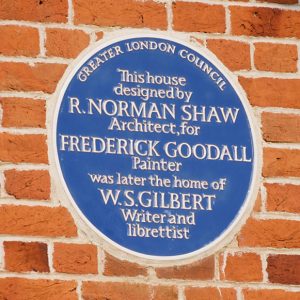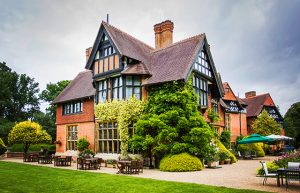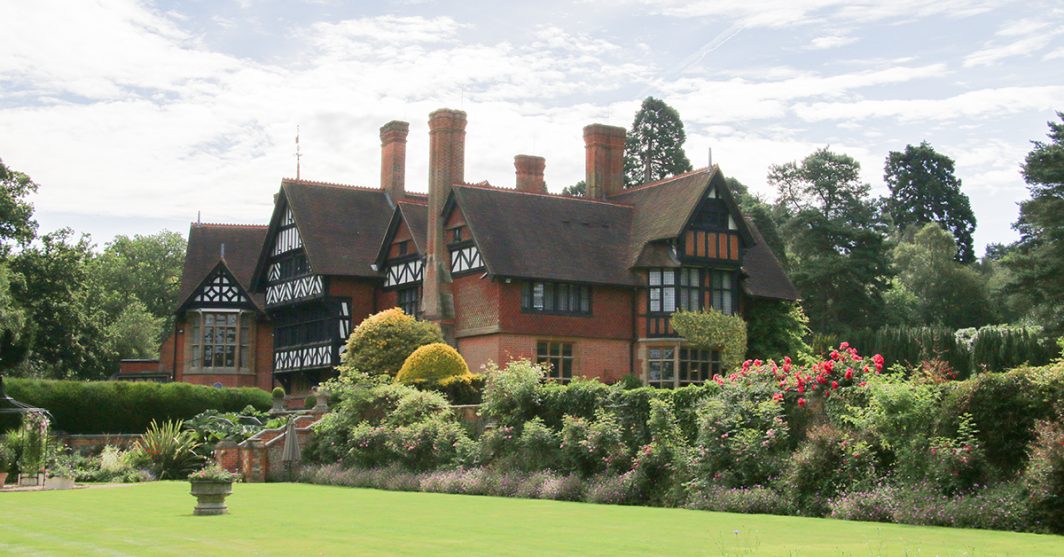Steeped in history, Grim’s Dyke is a stunning example of British Architecture. One which has links to several influential and key historical British figures. However, its history goes back even further than the building itself. And it’s all these facts combined, that helped Grim’s Dyke achieve its Grade II listed building status.
But what exactly enables a building to gain this status and what does it mean to have it?
What is a listed building?
 A listed building is one that is of special architectural and historic interest. To be considered for listed status, a building must be over 30 years old. All buildings built prior to 1700 are listed, as are most of those built between 1700 and 1840. Consideration is also given to buildings after this date too. To gain listed status, a building must be nominated or be on a strategic programme of listing priorities.
A listed building is one that is of special architectural and historic interest. To be considered for listed status, a building must be over 30 years old. All buildings built prior to 1700 are listed, as are most of those built between 1700 and 1840. Consideration is also given to buildings after this date too. To gain listed status, a building must be nominated or be on a strategic programme of listing priorities.
Grade I buildings are those of exceptional interest. Currently only 2.5% of all listed buildings fall under this category. Grade II* buildings are particularly important buildings of more than special interest – this covers approximately 5.8% of buildings on the list. Finally, Grade II buildings are of special interest and account for 91.7% of the list – and is the most likely grade for home owners.
Who is Historic England?
Historic England (otherwise known as the Historic Buildings and Monuments Commission for England), is tasked with protecting the historical environment of England. It is the executive non-departmental public body of the British Government and advises both central and local governments on the protection of our natural Heritage. Other duties include protecting the natural environment and Historic England Archive. This is an archive of naturally important documents, collections of plans, drawing, records, images and publications. All related to architectural and archaeological history.
 Why Grim’s Dyke is a Grade II* listed building
Why Grim’s Dyke is a Grade II* listed building
Grim’s Dyke became a Grade II* listed building on the 5th September 1969, listed under the Planning (Listed Buildings and Conservation Areas) Act 1990 as amended for its special architectural or historic interest.
On the 6th July 1996, the garden became Grade II* listed too. It was registered under the Historic Buildings and Ancient Monuments Act 1953 within the Register of Historic Parks and Gardens by English Heritage for its special historic interest.
Not all listed buildings are actual buildings!
Almost anything can be granted listed, protected, scheduled or registered status. Gardens, monuments, road signs, battlefields, wreck sites, landscapes, bridges, piers, docks and even a cemetery!
Listed buildings come with certain restrictions
Listing doesn’t prevent change. But you do have to apply for building consent, if you want to do any work or make changes. Basically, if you want to demolish, extend or alter a building, you will need permission. The restrictions are in place to protect the historic significance of the building. Therefore, if it needs repointing or plastering, you need to keep to traditional materials and methods as originally used.
If you own a listed building, you may also have certain duties too
If you have a listed building, regardless of whether it’s a Grade I, Grade II or Grade II* building, you have an obligation to keep it in good condition. You need to keep on top of routine maintenance and, in doing so, you’re helping to preserve the history and heritage of our most important and cherished buildings.
NEXT: Find out more about the alterations W.S Gilbert did at Grim’s Dyke here.


